India has already crossed the 3 lakh mark when it comes to total COVID-19 cases, with the country seeing over 10,000 new cases being reported daily. The novel Coronavirus seems to be showing no signs of subsiding, with fear & anxiety among citizens only seeming to increase. Lockdowns have been implemented across the country with strict social distancing norms being dictated by individual state governments.
It’s a matter of time before we start moving out of our homes and hopefully life will inch back to the ‘new normal’. We’ll be back to meeting friends, family, clients, neighbours but we’ll naturally have to avoid any physical contact until we actually find a vaccination. Until then, we’ll have to resort to different ways of greeting each other!
We’ve put together a list of 5 No Contact Greetings From Around The World that you can choose from, for the next time you need to greet somebody:
1. Namaste
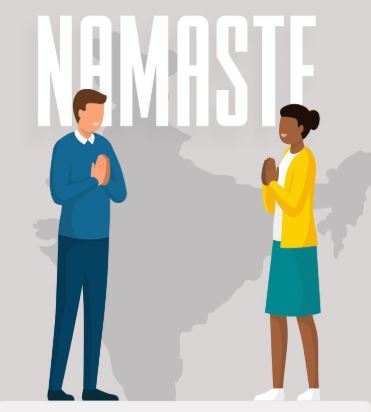
This one is closest to home and something we’ve been doing for centuries. Widely used in parts of Southeast Asia, especially in India, it is used for both greeting and leaving. Namaste is considered to be a sign of respect and gratitude
2. Bowing
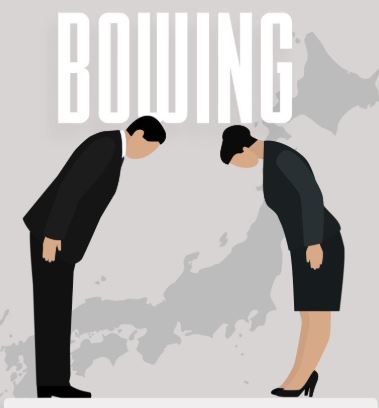
Prominent in Asian cultures, especially Japanese, it is an act of lowering your torso and head as a way of greeting others. This non-verbal greeting in an obeisance or gesture of deference.
3. Wai
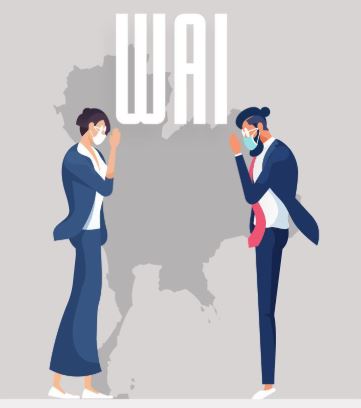
The Wai is the Thai greeting and show of respect. Traditionally, Wai greeting is a graceful action with your hands pressed together at about chess level, presenting a slight bow with your body.
4. Cup and Clap
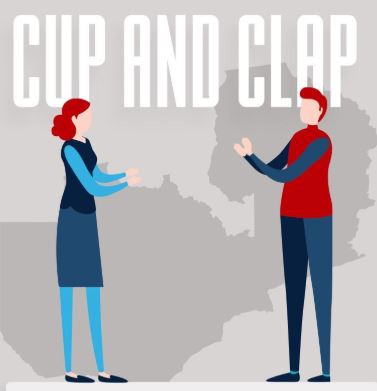
To say a simple hello, people in Zambia also communicate without physical contact by cupping their hands together and clapping a couple of times, bowing over slightly (optional). Lowering the body while greeting conveys greater respect.
5. Salaam
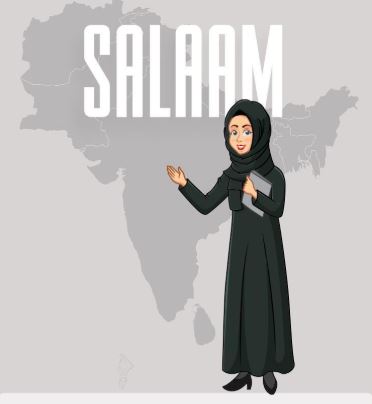
This gesture, most commonly used among South Asian Muslims is traditionally a non-contact gesture it requires one to raise one’s hand towards the face fingers almost touching the forehead and a slide bow to show respect and politeness
While we all will continue doing the customary namasta, which other form of greeting do you see yourself adopting?









